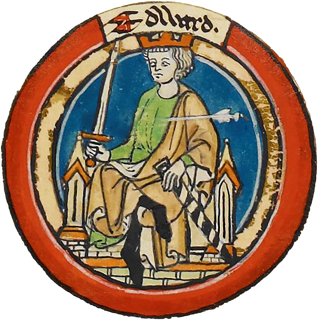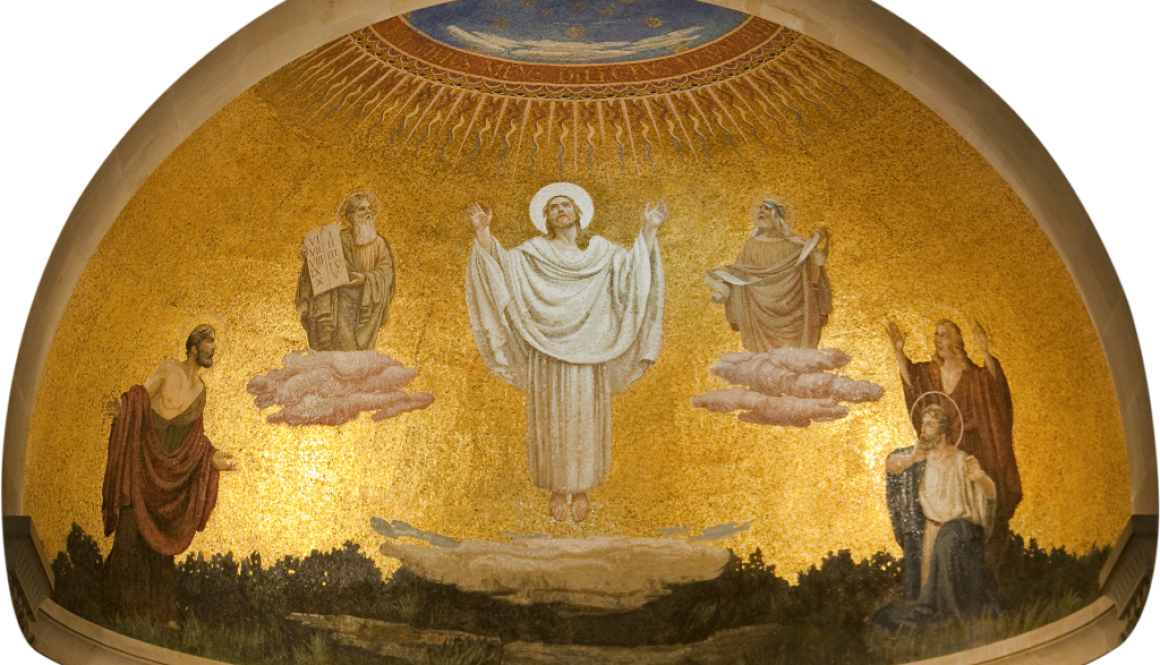10th after Pentecost, (Forefeast of the Transfiguration)
In recent weeks, beginning on the first Sunday in June, we have been reading Gospels for the Sundays of Matthew. These continue for fourteen weeks until September
Today we hear Matthew’s account of the Transfiguration of Jesus as today is the Forefeast, and tomorrow the Feast. Jesus, with Peter, James, and John climb a high mountain- perhaps Mount Tabor which, as I have recently commented, is visible for miles around. The four of them are there by themselves. They have left the other disciples behind, below, on the plain, to deal with the crowds and it seems from the first verse of today’s Gospel that they are expected by the people to deal with situations entirely beyond their powers.
That episode comes immediately before the Gospel for the Transfiguration, and it is on that that we are concentrating today
“And he was transfigured before them. His face shone like the sun, and his clothes became as white as light”. Matt. 17:2
The Transfiguration is a unique event, a theophany, – a manifestation of God, and especially of the divinity of Christ, through the display of his uncreated, divine energy. Therefore, the Orthodox Church celebrates the Transfiguration of the Lord as a major feast day. Several elements of the Transfiguration event show that Christ is Messiah and God:
Because God is light, the bright cloud, the shining of Jesus’s face like the sun, and the whiteness of his garment all demonstrate that Jesus is God. In some icons this light is shown as beyond white, a kind of bluish-white, an unique and ineffable colour indicating its spiritual origin.
Then the Father bears witness from heaven from the cloud concerning his Son. It is important to note that He does nor say “This has become My beloved Son” but “This is my beloved Son”. This proclaims that the divine glory which is displayed before them is his by his very nature, and from eternity. Jesus is God’s Son, fully sharing in the essence of the Father. As we proclaim in the Creed, “He is God of God”.
The Transfiguration not only proclaims Christ’s divine Sonship, but foreshadows his future glory when he, as the Messiah, will usher in the long-awaited Kingdom. The bright cloud is a reminder of aspects of temple worship. This is the cloud that went before the Israelites in the wilderness, the visible sign of God’s presence among them.
Peter sees this as a sign that the Kingdom has come, and knowing that the Feast of Tabernacles is the feast of the coming Kingdom, he asks Jesus if he can build booths as was done at that feast, to serve as symbols of God’s dwelling among the righteous in his Kingdom.
Moses, of course, represents the Law and all those who have died. Moses is the great Law-giver. Elijah represents the prophets and – since he did not experience death – he was taken up into heaven –on this occasion he represents all those who are alive in Christ.
The presence of these two shows that the Law and the Prophets, the living and the dead, all bear witness to Jesus the Messiah who was to come, the fulfilment of the whole of the Old Testament.
The presence of Moses and Elijah also manifests the communion of the saints. Both men are immediately recognisable, and talk to and with the Lord. The disciples are able to understand Jesus’s words that “Elijah has come already”, referring to John the Baptist. Their eyes have been opened to the fact that Malachi’s prophecy refers to one who is to come “in the spirit and power of Elijah”, rather than to Elijah himself”.
Finally, the Holy Trinity is manifest here, for Christ is transfigured, the Father speaks from Heaven, testifying to Jesus’s divine Sonship, and the Spirit is present in the form of a dazzling light surrounding Christ’s person, and overshadowing the whole mountain.
After this unique experience which will inevitably form a memory engraved in the minds of the three disciples the small group return to the plain below, to the other nine disciples and the crowd who were awaiting them.
As soon as Jesus and the other three met up with the others a man came up to Jesus begging in despair “Lord have mercy on my son, for he is an epileptic (the older version says” lunatic”). He suffers severely, for he often falls into the fire and often into water, but your disciples could not cure him.” In response, Jesus immediately rebuked the demon, for he discerned that this was the cause rather than a purely medical condition such as epilepsy, and the demon immediately came out of the boy, and he was cured.
This episode comes immediately after the Gospel for the Transfiguration, and it is on that that we are concentrating today, but I will just say a few words about it because it would have been the Gospel reading for today but for this being the eve of the Transfiguration.
We have been on the mountain with Peter, James and John, sharing with them as witnesses to the fullness of the true nature of Jesus Christ who is himself, as we proclaim in the Creed “God of God; Light of Light; True God of True God”. Now with a word of the power that is his he casts out what he discerns is the evil spirit that had been troubling the boy.
We can only imagine the joy of the father as his son is returned to him cured and able to live in the fullness of a relationship which they had not been able to share until this moment.
The nine disciples who had not been on the mountain with Jesus then came to him ask why they had not been able to cast the demon out. Jesus tells them that it is because of their unbelief. “If you had faith as a mustard seed (the smallest imaginable) you could move this mountain.”
Yet things were to change for them in due course. As well as Peter, James, and John, the three who were ready to be with Jesus on the mountain on that day, in due course the Holy Spirit would come upon the others in due course when the Lord was no longer with them in the flesh and, in the power of that Spirit these men would initiate the spread of the Gospel to the ends of the Earth.

